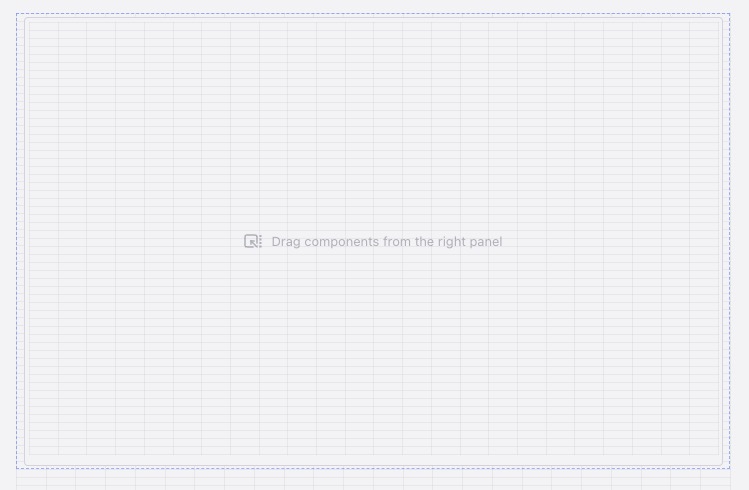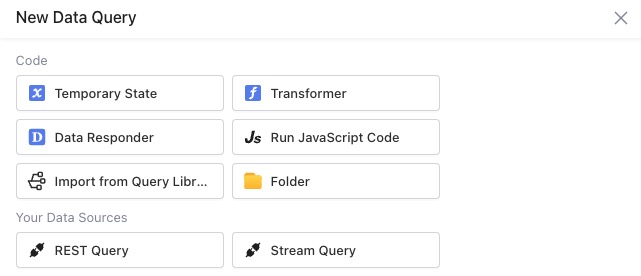Lowcoder is an open source tool that allows you to build web applications without writing code. It provides a visual interface for designing and building user interfaces, creating modules, and integrating data sources. Lowcoder helps in process of building web applications by providing a visual development environment that allows users to create and customize their applications without writing code.
Sign In
On your first visit to the site, you will be presented with the login/signup screen.

When your instance is first created, an account is created for you with the email you chose. You can get the password for this account by going to your Elestio dashboard and clicking on the "Show Password" button.
Enter your email, name and password and click the "Sign In" button
Canvas
Canvas is a visual interface or workspace where you can design and build user interfaces or create visual representations of data. Users can drag and drop components from the components panel to the canvas and connect them to create a visual representation of their application. The canvas provides a visual representation of the application's user interface, allowing users to design and customize the layout and appearance of their application. You can view and interact with the canvas to create and modify the user interface of your application. The canvas can be adapted according to different screen sizes and resolutions, allowing users to design responsive and adaptive user interfaces.

Components
Components are reusable building blocks in Lowcoder that represent different UI elements or functionality. They can be dragged and dropped onto the canvas to create the user interface of your application. Lowcoder provides a wide range of pre-built components such as buttons, input fields, dropdowns, tables, and more. These components can be customized and configured to meet the specific requirements of your application. Additionally, you can create your own custom components using Lowcoder's component editor. Components in Lowcoder enable you to quickly and easily create interactive and visually appealing user interfaces for your applications.

Creating Modules
Modules in Lowcoder are self-contained units of functionality that can be added to your application. They are designed to encapsulate specific features or tasks, making it easier to manage and organize your code. Modules in Lowcoder can include a combination of components, data queries, and logic to create a specific functionality or behavior within your application. You can think of modules as reusable building blocks that can be easily added, removed, or modified in your application. They provide a way to modularize your code and promote code reusability, which can greatly simplify the development process.

Data Sources Types
Data sources in Lowcoder are connections to external data providers or databases that allow you to fetch and manipulate data within your application. They provide a way to integrate your application with various data sources such as REST APIs, databases, or other external services. With data sources, you can retrieve data, perform CRUD operations, and handle data transformations. Lowcoder supports a variety of data sources, including HTTP data sources, SQL databases, NoSQL databases, and more. By configuring data sources in Lowcoder, you can easily access and work with data from different sources within your application.

New Data Query
Data query in Lowcoder refers to the process of retrieving data from a data source within your application. It allows you to fetch data based on specific criteria or conditions and use that data to populate your application's user interface or perform other operations. To perform a data query in Lowcoder, you need to define the data source from which you want to retrieve data. This can be done by configuring a data source connection in Lowcoder, such as a REST API or a database connection. Once the data source is configured, you can use Lowcoder's query builder or query editor to define the query parameters, filters, and sorting options for your data query. This allows you to specify the specific data you want to retrieve from the data source.

User Groups
Groups in Lowcoder are a way to organize and manage users within your application. They allow you to group users together based on certain criteria or permissions. By assigning users to specific groups, you can control access to different parts of your application and define what actions or features each group can perform. This helps in managing user roles and permissions effectively. Groups can be created, modified, and deleted within the Lowcoder platform, and users can be added or removed from groups as needed.
